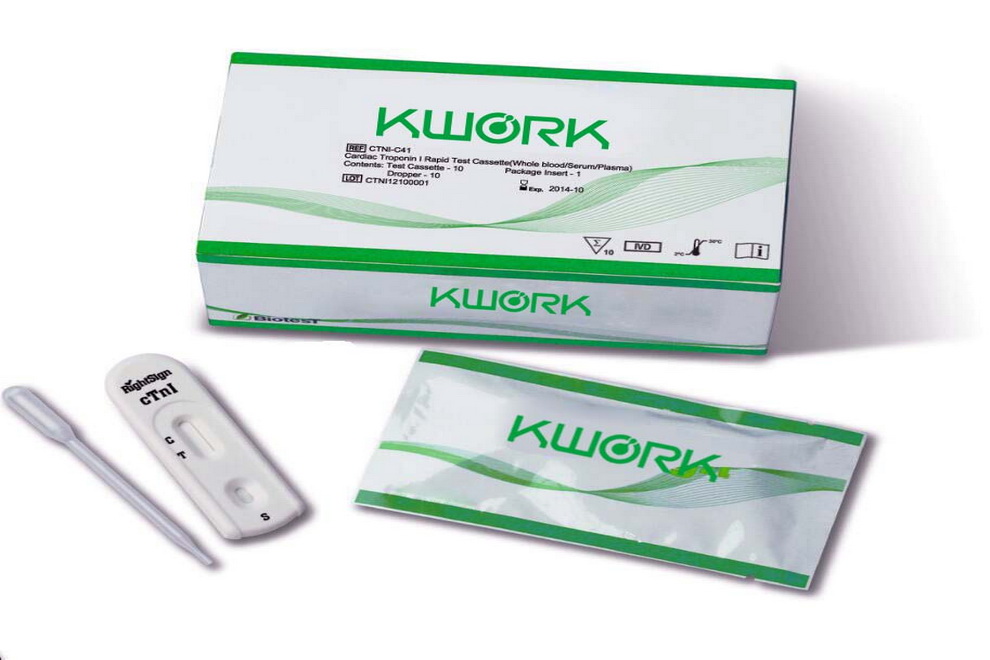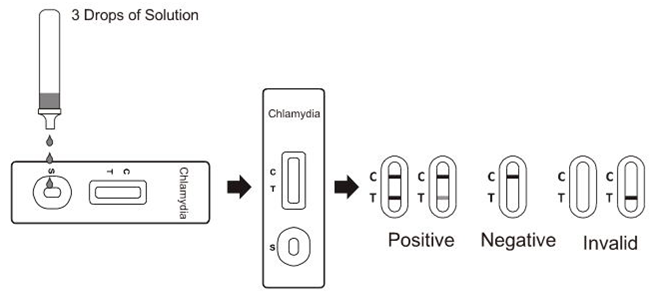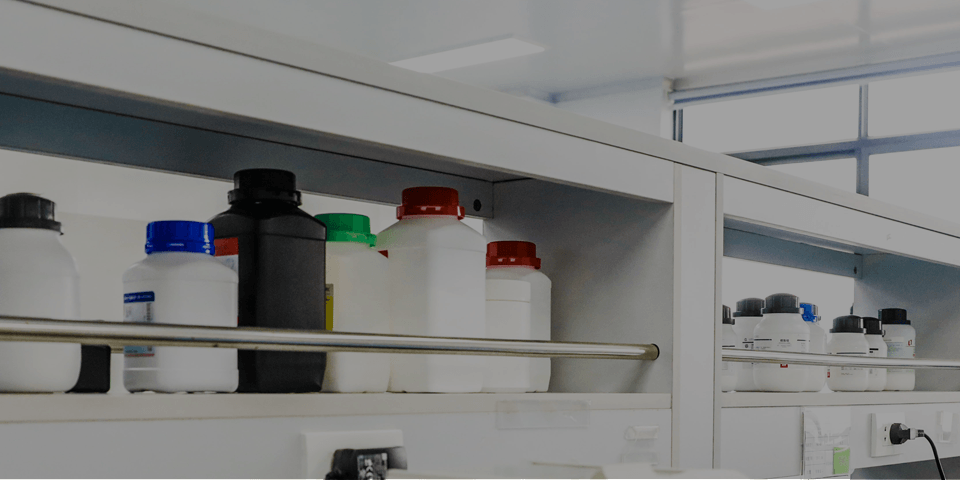
【SUMMARY】
Chlamydia trachomatis is the most common cause of sexually transmitted venereal infection in the world. It is composed of elementary bodies (the infectious form) and reticulate or inclusion bodies (the replicating form). Chlamydia trachomatis has both a high prevalence and asymptomatic carriage rate, with frequent serious complications in both women and neonates. Complications of Chlamydia infection in women include cervicitis, urethritis, endometritis, pelvic inflammatory disease (PID) and increased incidence of ectopic pregnancy and infertility.1 Vertical transmission of the disease during parturition from to neonate can result in inclusion conjunctivitis or pneumonia. In men, complication of Chlamydia includes urethritis and epididymitis. At least 40% of the nongonococcal urethritis cases are associated with Chlamydia infection. Approximately 70% of women with endocervical infections and up to 50% of
men with urethral infections are asymptomatic. Traditionally, Chlamydia infection has been diagnosed by detection of Chlamydia inclusions in tissue culture cells. Culture method is the most sensitive and specific laboratory method, but it is labor intensive, expensive, long (18-72 hours) and not routinely available in most situations.
The Chlamydia Rapid Test Cassette (Swab/Urine) is a rapid test to qualitatively detect the Chlamydia antigen from female cervical swab, male urethral swab and male urine specimens.
【DIRECTIONS FOR USE】
Allow the test, reagents, swab specimen, and/or controls to reach room
temperature (15-30℃)
prior to testing.
1. Remove the test cassette from the foil pouch and use it within one hour.
Best results will be obtained if the test is performed immediately after
opening the foil pouch.
2. Extract the Chlamydia antigen according to the specimen type.
· For Female Cervical or Male Urethral Swab Specimens:
· Hold the reagent 1 bottle vertically and add 5 drops of reagent 1 (approx.
300ul) to the
extraction tube. Reagent 1 is colorless. Immediately insert the swab, compress the
bottom of tube and rotate swab 15 times. Let stand for 2 minutes.
· Hold the reagent 2 bottle vertically add 6 drops of reagent 2 (approx. 250ul)
to the extraction
tube. The solution would turn turbid. Compress the bottle of tube and rotate
the swab 15 times
until the solution turn clear with a slight green or blue tint. If the swab is
bloody, the color will turn yellow or brown. Let stand 1 minute.
· Press the swab against the side of tube and withdraw the swab while squeezing
the tube. Keep as much liquid in the tube as possible. Fit the dropper tip on
top of extraction tube.
· For Male Urine Specimens:
· Hold the reagent 2 bottle vertically and add 6 drops of (approx. 250ul)
reagent 2 to the urine
pellet in the centrifuge tube, then shake the tube vigorously until the
suspension is homogeneous.
· Transfer all the solution in the centrifuge tube to an extraction tube. Let
stand for 1 minute. Hold the reagent 1 bottle upright and add 5 drops of
(approx. 300ul) reagent 1 to the extraction tube.
Vertex or tap the bottom of the tube to mix the solution. Let stand for 2
minutes.
· Fit the dropper tip on top of the extraction tube.
3. Place the test cassette on a clean and level surface. Add 3 full drops of
the extracted solution
(approx. 100ul) to the specimen well of the test cassette (S), then start the
timer. Avoid trapping air bubbles in the specimen well.
4. Wait for the color to appear. Read the result at 10 minutes, do not
interpret the result after 20 minutes.
Note: It is suggested not to use the extraction reagent, beyond 6 months after
opening the vial.




